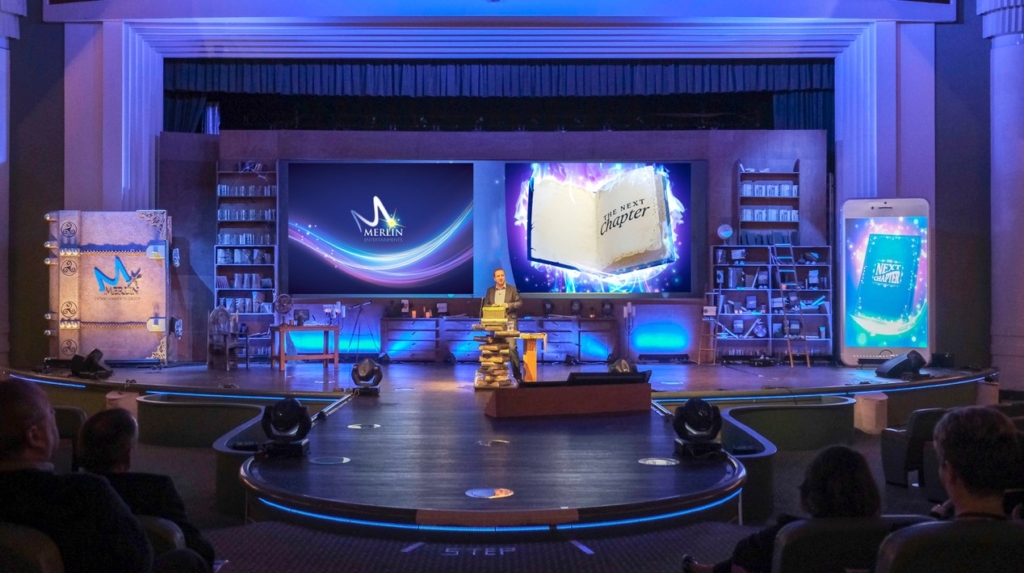Highlighting the Impact of Lighting Methods on the Art of Film Projection Mapping
Highlighting the Impact of Lighting Methods on the Art of Film Projection Mapping
Blog Article
Video mapping projection is an exciting art form that combines tech and creativity to convert ordinary spaces into extraordinary sight displays. This method involves casting images and footage onto three-dimensional objects, such as buildings, artworks, or stages. One of the key significant factors in creating effective projection in the use of effective illumination techniques. Proper illumination enhances the visual elements of the display and ensures that the visuals are clear and captivating. This article examines the impact of illumination techniques on motion projection and how they can elevate the complete experience.
Lighting plays a vital part in video projection because it establishes the mood and tone of the exhibit. Different illumination techniques can evoke various feelings and responses from the viewers. For example, using soft, warm lights can create a welcoming environment, while bright, cold illumination may create a more dynamic or intense effect. By carefully selecting light colors and intensities, creators can influence how viewers interpret the displayed visuals, leading to a more immersive encounter. The equilibrium between mapping brightness and ambient light is essential, as it can significantly impact find out here now the clarity and effect of visit here the images.
In addition to, color and intensity, the direction of illumination also affects the efficacy of mapping. Illumination from different directions can generate shadows and highlights that add depth to the mapped visuals. This method, known as light and shadow, can improve the three-dimensionality of the objects being mapped. Furthermore, using moving lights can add dynamism to the exhibit, making the experience more engaging for the audience. When the illumination interacts with the projected images, it can produce an effect of motion and change, grabbing the audience's focus.
Another important element of illumination in mapping in the use of unique effects. Techniques such as gobo lighting, which uses patterns and shapes to filter light, can add texture and complexity to the projections. This method allows artists to layer images and produce aesthetically captivating results that enhance the projection. Moreover, adding laser lights or light-emitting diode lights can further enhance the display, offering a unique blend of visual components that attract the viewers in. These special features, when used carefully, can transform the projection beyond a simple display to an engaging piece of creativity.
In summary, the impact of illumination methods on motion mapping is profound. By understanding how different lighting elements connect with mapped visuals, creators can produce captivating experiences that resonate with audience. The careful selection of color, brightness, angle, and unique features allows for a rich tapestry of visual narrative. As tech continues to grow, the possibilities for creative showcasing in mapping will only expand, making illumination an ever-important component in this innovative creative form.